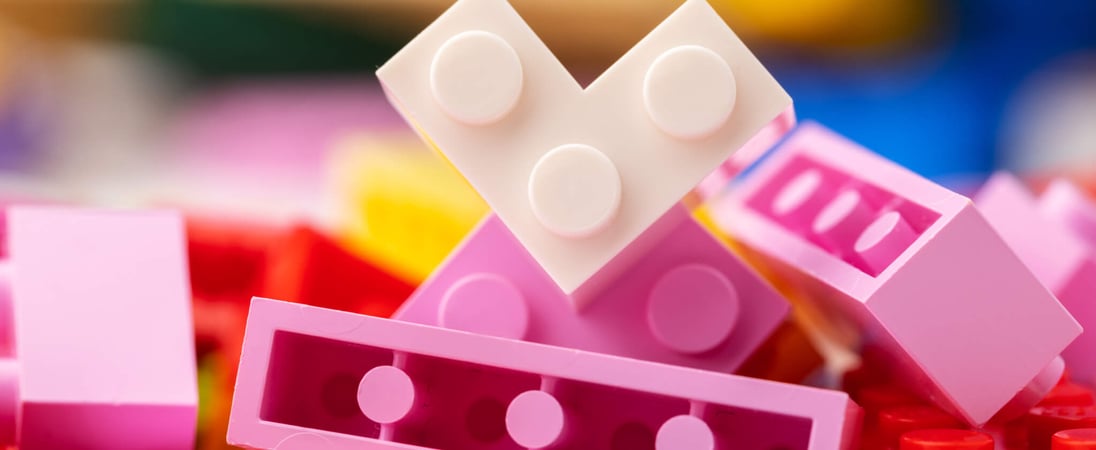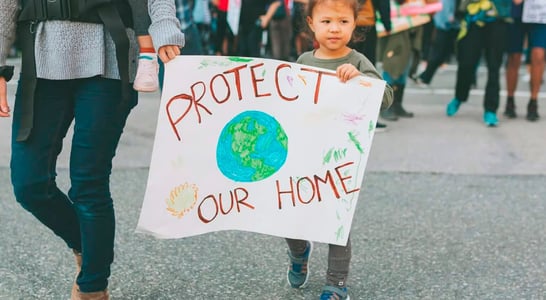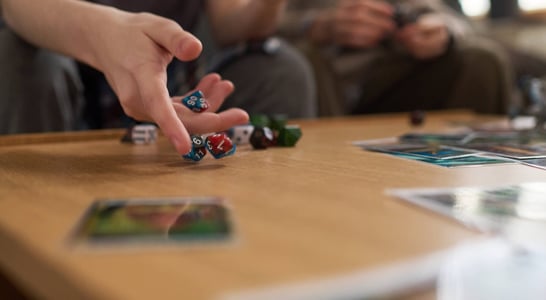
International LEGO Day
Construct creative builds with this beloved, versatile toy, enjoy the hilarious LEGO Movie or visit a LEGOLAND theme park with your family.
LEGO are those little plastic colored bricks that have been sparking creativity and joy in both children and adults of all ages for more than seven decades!
Small but mighty, LEGO bricks inspire creativity, and thanks to their ingenious design, they can be used to make virtually anything you can imagine, from cars to dinosaurs, houses to aliens – if you can dream it, it can probably be built out of LEGO.
As such a versatile toy that appeals to all ages of people, it’s not surprising that LEGO is now recognized as the World’s Most Powerful Brand, towering over Google, Nike, and Ferrari to claim the top spot in 2017.
But, as with most gigantic companies, LEGO started from humble origins and International LEGO Day marks the very beginning.
How to Celebrate International LEGO Day
Whether you’re five or sixty-five, you’re never too old to celebrate International LEGO Day. Here are a few things that you could do to celebrate the day:
Play with LEGO
Perhaps the most obvious thing to do on International LEGO Day is to play with LEGO of course! Grab your old LEGO set, or buy one especially for the day and sit down for a few hours of relaxing and creative fun.
If you now have children yourself then make a sculpture together and take a moment to remember how many generations have grown up with LEGO by their side.
Watch The Lego Movie
LEGO has become so iconic that it even has its own movie dedicated to it. In fact, there are now two! Fun for all the family, cozy up on the sofa with some popcorn and watch as LEGO figures come to life in stunning animation.
Visit a LEGOLAND Theme Park
And finally, for perhaps the most immersive LEGO experience, pack your bags and take a trip to one of the many LEGOLAND theme parks. Be wowed by the impressive LEGO structures and ride the exhilarating roller coasters for a day you’ll never forget.
10 Super-Fun Facts about LEGO
-
In 2016 Land Rover set the World Record for the largest piece of LEGO construction with their huge 43-foot-high replica of Tower Bridge. This monumental structure used 5,805,846 individual pieces of LEGO which would have stretched all the way to Paris in France if laid out end to end.
-
If LEGO Minifigures were to be classed as a population, they’d be the largest population in the world! With more than 4 billion of them in total.
-
There are so many LEGO bricks in the world, that it’s estimated that they outnumber people 80 to 1.
-
Despite the first plastic LEGO brick having been made in 1949, you could still interlock one with a LEGO brick-built today – the design hasn’t changed a bit!
-
In 2009, James May created a house entirely out of LEGO. It took more than 3.3 million bricks to make and even had a working toilet, a bed, and a shower!
-
LEGO sets are now so popular that 7 sets are sold every second.
-
Although LEGO is played with by both girls and boys, women and men, they still have a bit of a way to go before they reach gender equality with roughly 86% of their LEGO Minifigures being male.
-
If you were to collect all the LEGO bricks in the world and stack them together then they would be 2,386,065 miles tall.
-
Although LEGO makes toys they are also classed as the world’s biggest tire manufacturer, making over 400 million tires each year to keep their fleet of various LEGO vehicles rolling.
-
While LEGO was the first to patent the LEGO brick that we know today, they didn’t technically invent them. The story has it that the salesman who came to sell Godtfred his first plastic injection mold machine was carrying an example interlocking brick in his pocket which had been designed and patented by Hilary Fisher Page. Godtfred improved on the design by perforating the brick and adding tubes on the bottom to help tighten the connection.
History of International LEGO Day
International LEGO Day is held on the anniversary of the day that Danish carpenter, Godtfred Kirk Christiansen, first submitted his patent for the original LEGO brick in 1958 — but this plastic brick was actually invented in 1949.
Like no other brick that had come before, this toy would have a sophisticated interlocking system to make it strong, versatile, and less likely to fall apart when simply knocked over.
Not one to mess around, Godtfred made sure not only to patent the design for his single LEGO brick, but also to patent the concept of multiple bricks being used together in a building system, and this protected his design from being ripped off by competitors.
Although this day is often seen as the birthplace of LEGO as we know it, the company itself was in fact founded by Godtfred in 1932, creating a variety of wooden toys, and taking the name LEGO from the Danish words “LEg GOdt” which translate to “play well”.
Ahead of their time, LEGO was one of the very first toy manufacturing companies to buy an injection mold machine with which to create plastic toys, a move which shortly led them to create the very first plastic LEGO brick in 1949.
In the 17 years from 1949 to 1966, LEGO grew exponentially into a global company that was retailing in 42 countries. They boasted a product range that now contained 57 LEGO sets and 25 LEGO vehicles and with factories that were producing more than 706 million LEGO elements each year – but the company didn’t stop growing.
In 1967 the LEGOLAND Band was established and in 1968, the very first LEGOLAND opened its doors to the public, attracting more than 625,000 visitors in its first season. Today there are eleven LEGOLANDS across Europe, Asia and the US, with a further four due to open in the next few years.
These days, LEGO is a truly global enterprise, its strong brand identity, and still unique simplistic design, keeps it a favorite amongst children, while its history and versatility make it even more collectible to adults.
International LEGO Day Timeline
1932
LEGO founder starts a woodworking shop in Denmark
In a small woodworking shop in Billund, Ole Kirk Christiansen makes all types of furniture and household items. But his favorite creations are toys for his sons, so he eventually names his company LEGO–a combination of two Danish words meaning “play well”.[1]
1946-1949
Plastic bricks are first sold by the LEGO company
A wood shortage following WWII makes manufacturers look for alternative ways to create products. Christiansen gets his hands on the first plastic-injection molding machine in Denmark and starts selling the Automatic Binding Brick, the predecessor to today’s stackable blocks.[2]
January 28, 1958
LEGO patent application is submitted
With Christainsen’s son, Godtfred, at the helm, the company submits their patent application for the tubes and studs that would add stability and connectivity to the plastic blocks. This anniversary coincides with International LEGO Day each year.[3]
1976
LEGO minifigures are introduced
Realizing that the sets might be more fun if a human dimension was added, the company releases the iconic yellow-faced humanoid bricks.[4]
2014
LEGO feature film is released
When watching his son play with LEGOs, a Hollywood producer gets the idea to make an animated movie. It is a huge hit and grosses more than $450 million, with more films coming in the following years.[5]
International LEGO Day FAQs
What is the story behind LEGO’s original name?
LEGO bricks began as “Automatic Binding Bricks” in 1949. The term “LEGO” came later, inspired by the Danish words “leg godt,” meaning “play well.”
This phrase captured the company’s vision, eventually becoming its name in 1953.
How did LEGO become the world’s largest tire manufacturer?
Surprisingly, LEGO produces over 400 million tiny rubber tires annually, making it the largest “tire” manufacturer globally.
These tires are used in sets like LEGO City and LEGO Technic, adding realism to the builds.
Are there any LEGO myths?
A common misconception is that LEGO bricks will decay. Made from durable ABS plastic since 1963, LEGO bricks are practically indestructible.
Some early bricks from the ’50s remain usable today, with pieces fitting perfectly across generations.
What are some of the world’s most ambitious LEGO builds?
One of the wildest LEGO creations is a life-sized house built by British TV host James May in 2009.
Constructed with 3.3 million bricks, the house had real furniture and even a working toilet, all made from LEGO.
Why do LEGO bricks from different decades still fit together perfectly?
LEGO’s design ensures that bricks from any era interlock seamlessly. This is due to the precise engineering of the original patent filed in 1958, which introduced the iconic tube-and-stud mechanism.
The system’s accuracy allows LEGO to maintain compatibility across all its products, even decades later.
Engineers ensure every brick mold has a tolerance of just two-thousandths of a millimeter, which keeps quality consistent.
This attention to detail means a 1958 brick fits perfectly with one made today.
How many ways can you connect six LEGO bricks?
The iconic 2×4 LEGO brick can connect in over 915 million combinations. This number grows exponentially with each additional brick, allowing endless creative possibilities.
What was the first LEGO minifigure?
The first minifigure, introduced in 1978, was a police officer. Today, LEGO minifigures span countless characters, from pirates to superheroes, making them the largest “population” of figures globally, with over 4 billion produced.
Did LEGO ever reject any designs for ethical reasons?
LEGO has avoided modern military themes in its sets, preferring fantasy-based conflict in lines like Ninjago.
In 2020, it even withdrew its Technic Osprey model after public criticism due to its military connections.
What makes LEGO bricks from the 1950s different from today?
Initially made from cellulose acetate, early LEGO bricks were prone to warping.
In 1963, LEGO switched to ABS plastic, which offered durability and clutch power, ensuring compatibility between old and new bricks.
What’s the rarest LEGO set?
The chrome-black LEGO minifigure, a special edition, is among the rarest collectibles. Meanwhile, sets like the 14-karat gold C-3PO and the Millenium Falcon attract high prices among collectors.
Also on ...
View all holidaysNational Blueberry Pancake Day
Wake up to a breakfast that's bursting with juicy, fruity flavor! Fluffy circles of joy topped with a melty pad of butter and syrup.
National Kazoo Day
Zany, buzzing musical instruments that let you join in the musical fun with their unmistakably goofy sound!
International Reducing CO2 Emissions Day
As climate change continues to impact our world, humans are experiencing (and contributing to) the effects of degradation on the planet. But the situation doesn’t have to be hopeless!
National Daisy Day
No matter how they are grown or what color they are, whether their stems are long or short, the daisy is a flower that brings enjoyment and pleasure to anyone and everyone.
We think you may also like...
National Video Game Day
Experience captivating alternate worlds and master new skills with interactive entertainment that pushes the boundaries of technology.
Flip a Coin Day
With a simple toss, fate dances on the edge, a moment of chance that decides outcomes, leaving everything to gravity's whim.
Teddy Day
Huggable, soft companions that bring comfort and warmth to people of all ages, embodying timeless affection and solace.








